Texas landscapes experience unpredictable extremes—scorching summers, mild winters, droughts, and sporadic downpours. These harsh conditions make it nearly impossible for natural grass to stay consistently green, lush, and healthy throughout the year.
Artificial turf solves this problem. It offers a visually stunning, water-efficient, low-maintenance alternative to traditional lawns, making it one of the most practical upgrades homeowners in Texas can make today.
1. Artificial Turf Withstands Texas Weather Extremes
Natural grass struggles in heat waves and water restrictions. Texas regularly faces triple-digit temperatures in summer. According to the National Weather Service, Dallas-Fort Worth records over 20 days each year with temperatures above 100°F.
Artificial turf doesn’t fade, scorch, or die under heat stress. Modern synthetic grass systems use UV-stabilized yarns and heat-resistant backings to withstand high surface temperatures without losing color or form.
2. No More Water Waste or Sprinkler Systems
According to the EPA, nearly 9 billion gallons of water per day are used outdoors in the U.S.—mainly for landscape irrigation. In Texas, local water restrictions often force homeowners to ration lawn care.
Artificial turf eliminates the need for irrigation entirely. No sprinklers, timers, or hoses. This alone can reduce your household water bill by 30% to 60%.
3. Say Goodbye to Lawn Maintenance
Traditional lawn care involves mowing, edging, fertilizing, watering, aerating, and reseeding. That’s not only time-consuming—it’s costly.
Artificial grass removes the need for:
- Lawn mowers and gas
- Fertilizers and pesticides
- Weed control
- Seasonal overseeding
- Weekly maintenance labor
The time saved over one year alone is significant—an average homeowner in Texas spends about 70 hours annually on yard care.
4. Consistent Appearance Year-Round
Grass goes dormant in winter. In Texas, that means yellow or patchy grass from late November through early March.
Artificial turf stays green and vibrant 365 days a year. It’s crafted to mimic the look and texture of real grass while remaining perfectly trimmed and color-consistent regardless of season.
5. Safe for Kids and Pets
Blooms Landcare installs artificial turf options that are free of lead and harsh chemicals, making them safe for children and pets. They offer proper drainage systems underneath the surface, so rainwater or pet waste doesn’t pool or create muddy spots.
Benefits for pet owners:
- Easy waste cleanup
- No more muddy paws
- Durable enough to resist digging
- No brown patches from pet urine
6. Great for High-Traffic Areas and Active Yards
Natural grass wears down quickly in spots with frequent activity—like play areas, paths, or backyard entertainment spaces.
Artificial turf resists wear and tear from foot traffic, sports, patio furniture, and parties. It’s often installed in:
- Poolside areas
- Rooftop terraces
- Putting greens
- Dog runs
- Children’s playgrounds
The turf maintains its integrity and springy texture even in the most active environments.
7. Environmentally Friendly Option
Artificial turf is often made from recyclable materials and significantly reduces your carbon footprint:
- No gasoline-powered lawn tools
- No chemical treatments
- No overuse of water
Some premium turf options even include recycled backing materials and biodegradable infills, making them more eco-conscious.
8. Custom Designs for Every Yard
Blooms Landcare offers professional design services that allow homeowners to combine artificial turf with natural elements like:
- Stone pavers
- Drought-tolerant plants
- Xeriscaping features
- Decorative gravel
- Custom patios and outdoor kitchens
Whether you want a front yard that never fades or a backyard built for relaxation, artificial turf offers versatile design possibilities that suit both small yards and expansive properties.
9. Increased Property Value and Curb Appeal
A consistently green, well-manicured lawn boosts curb appeal instantly. Homes with tidy landscapes tend to sell faster and attract more buyers.
Artificial turf offers a high ROI for homeowners planning to sell in the future. It provides the look of premium landscaping with zero maintenance costs, which today’s buyers appreciate.
10. Long-Term Cost Savings
Although the initial installation of artificial turf is higher than sod, it pays for itself in 2 to 4 years by eliminating ongoing costs for:
- Water bills
- Lawn equipment
- Landscaping services
- Lawn repair and replacement
On average, homeowners save $1,000 to $1,800 per year after switching to artificial turf.
Why Fort Worth Homeowners Are Making the Switch
Fort Worth residents want outdoor spaces that are beautiful, functional, and sustainable. Artificial turf meets all three goals without requiring the upkeep traditional lawns demand.
At Blooms Landcare, we specialize in installing premium turf that looks natural, performs reliably, and fits seamlessly into Texas-style landscapes. We help you design outdoor environments that thrive in local conditions—whether you’re aiming for a minimalist lawn, an entertaining space, or a pet-friendly retreat.
Get Expert Artificial Turf Installation in Fort Worth
Ready to enjoy a green, maintenance-free lawn all year long? Blooms Landcare has been helping Fort Worth homeowners transform their outdoor spaces since 2006. Our team provides expert turf installation, landscape design, lawn care, and construction services tailored to your property’s needs.
Call us today at 817-688-5352 to schedule your consultation and discover how artificial turf can completely elevate your Texas lawn.

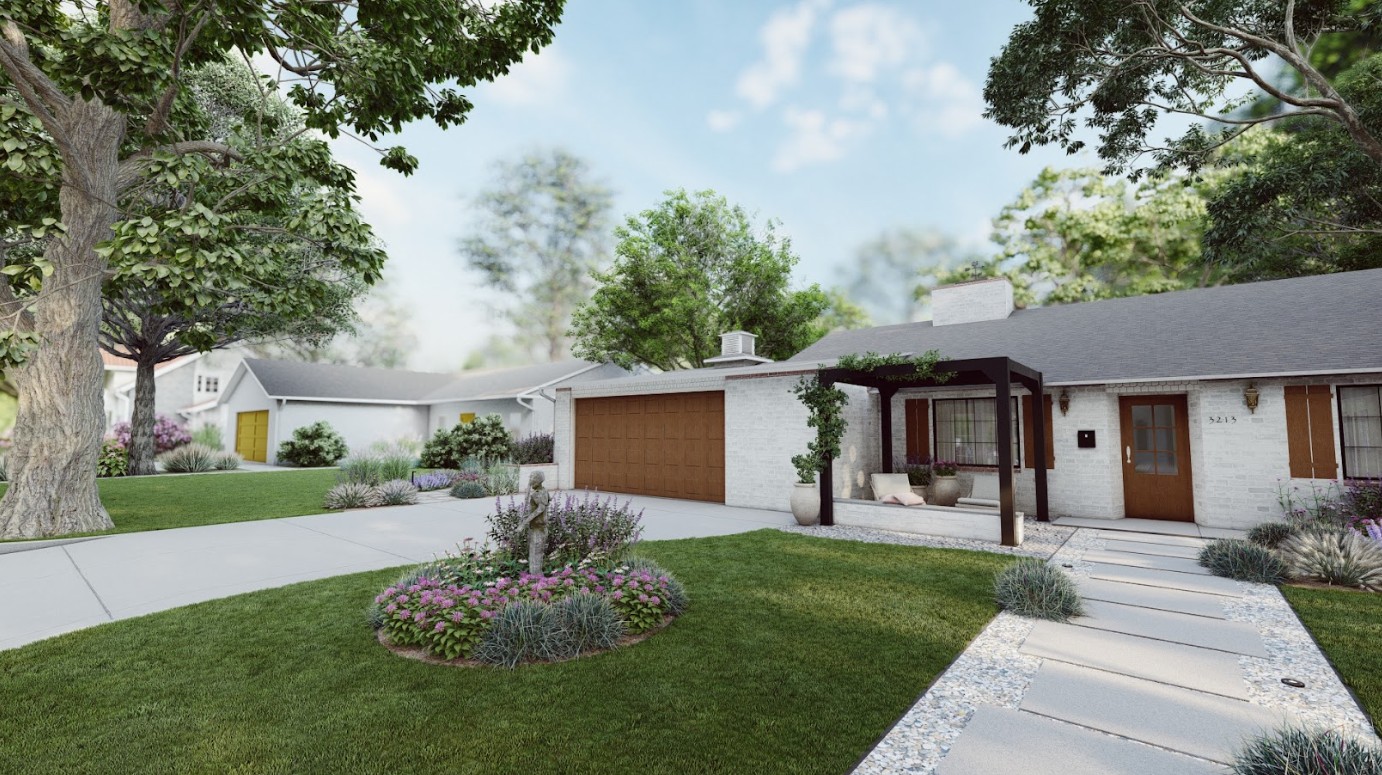
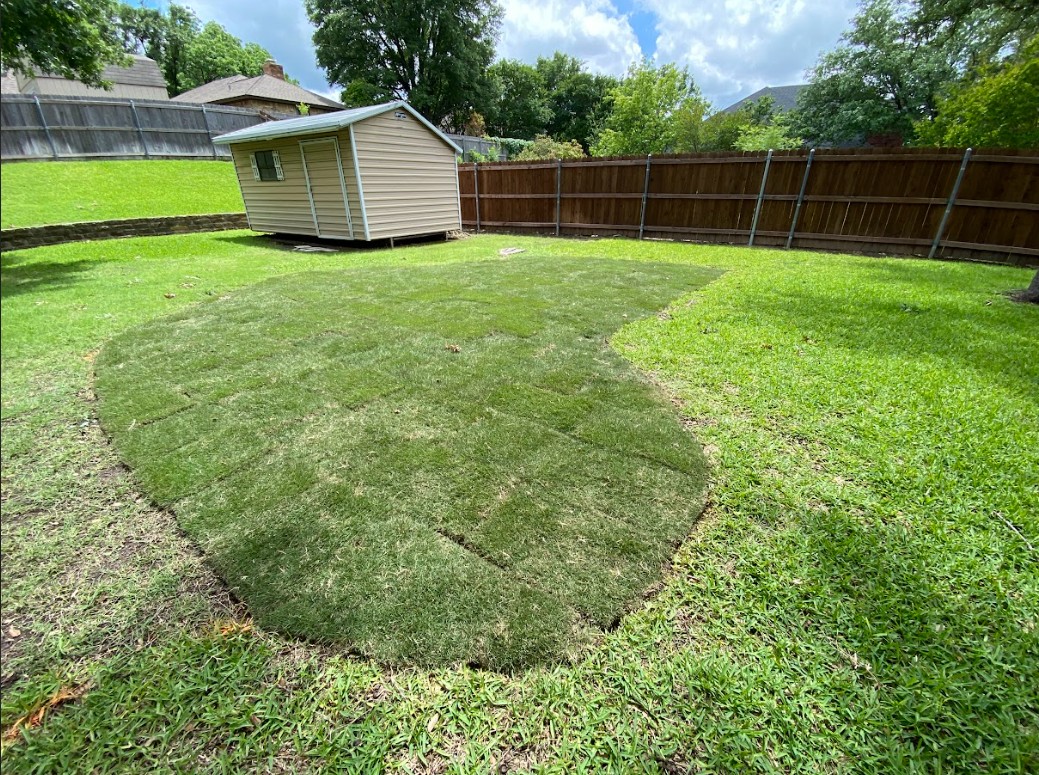

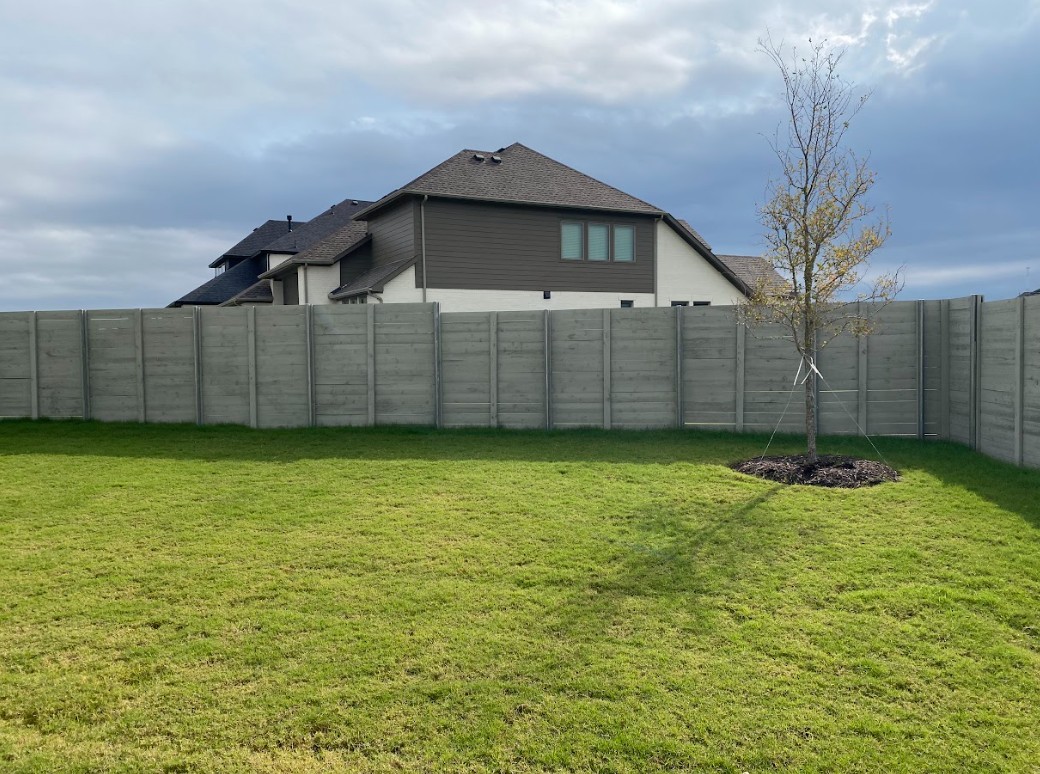
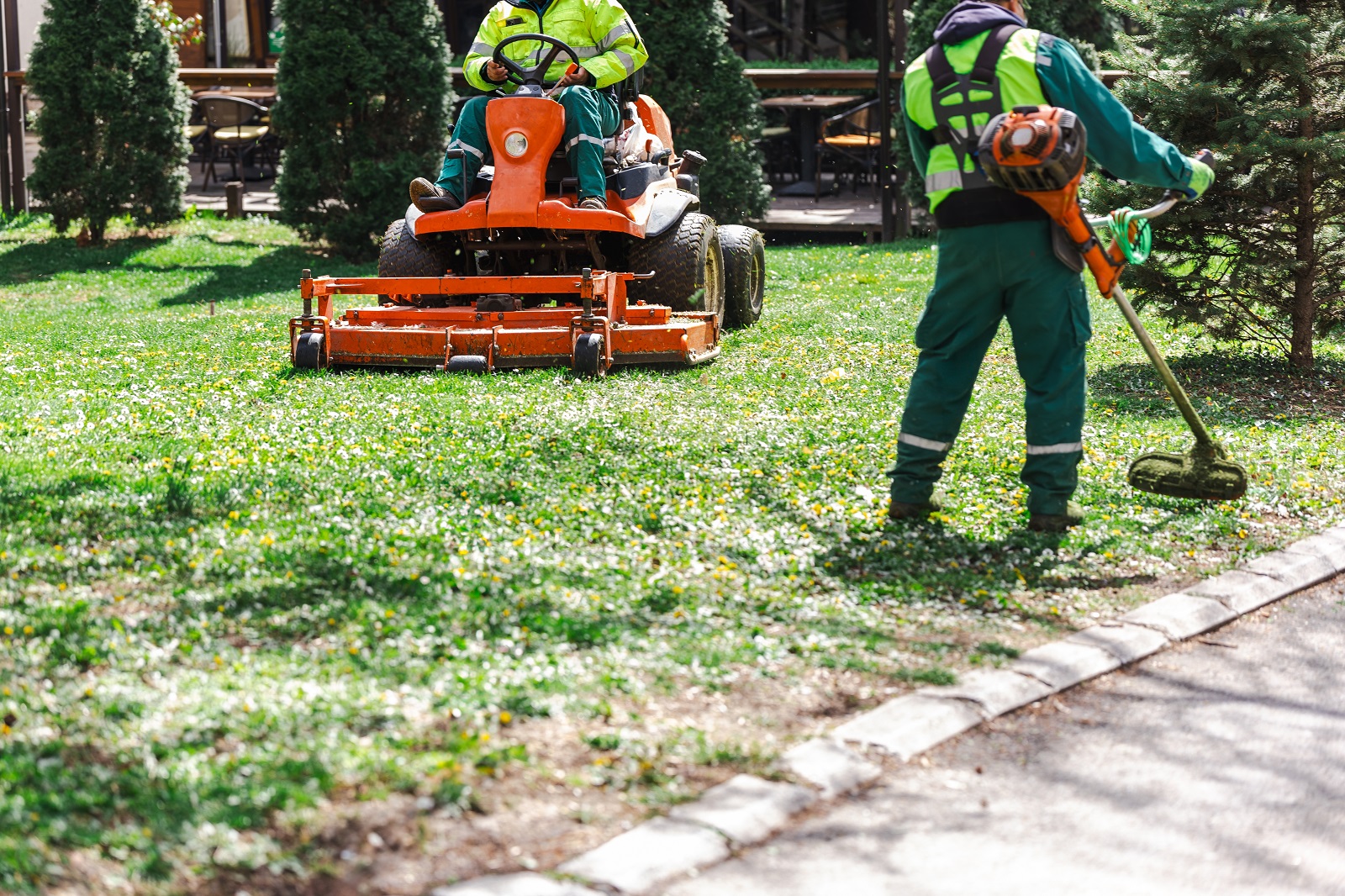
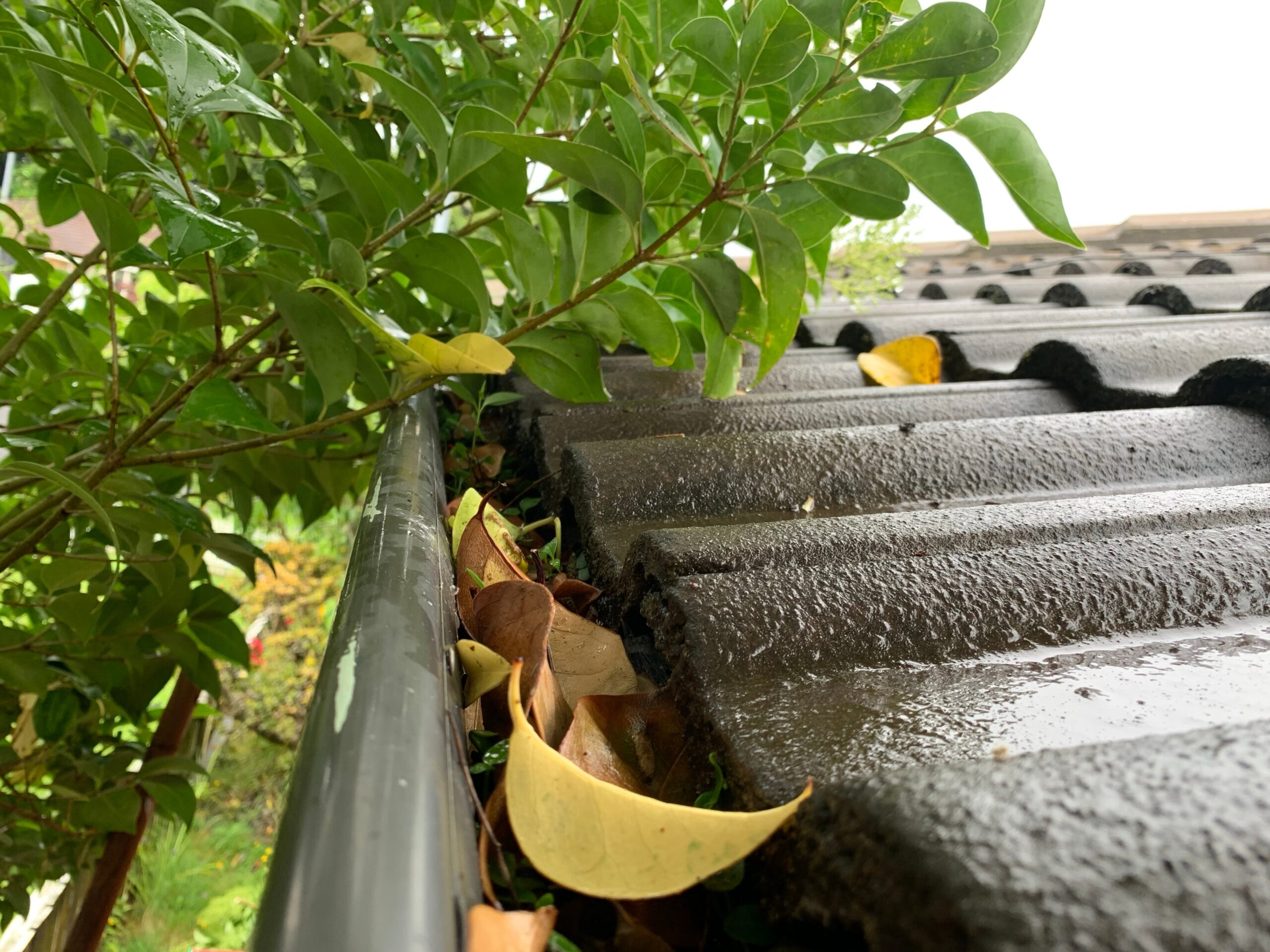




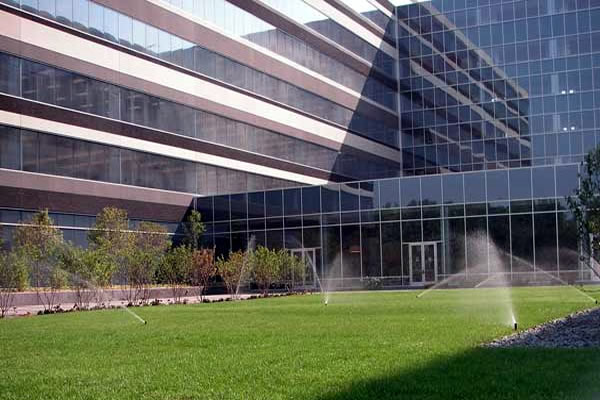
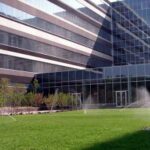 Whether you own a home or commercial property, you want it to maintain it properly. Part of upkeep is taking care of your landscaping. Blooms Landcare offers both general landscape maintenance and
Whether you own a home or commercial property, you want it to maintain it properly. Part of upkeep is taking care of your landscaping. Blooms Landcare offers both general landscape maintenance and